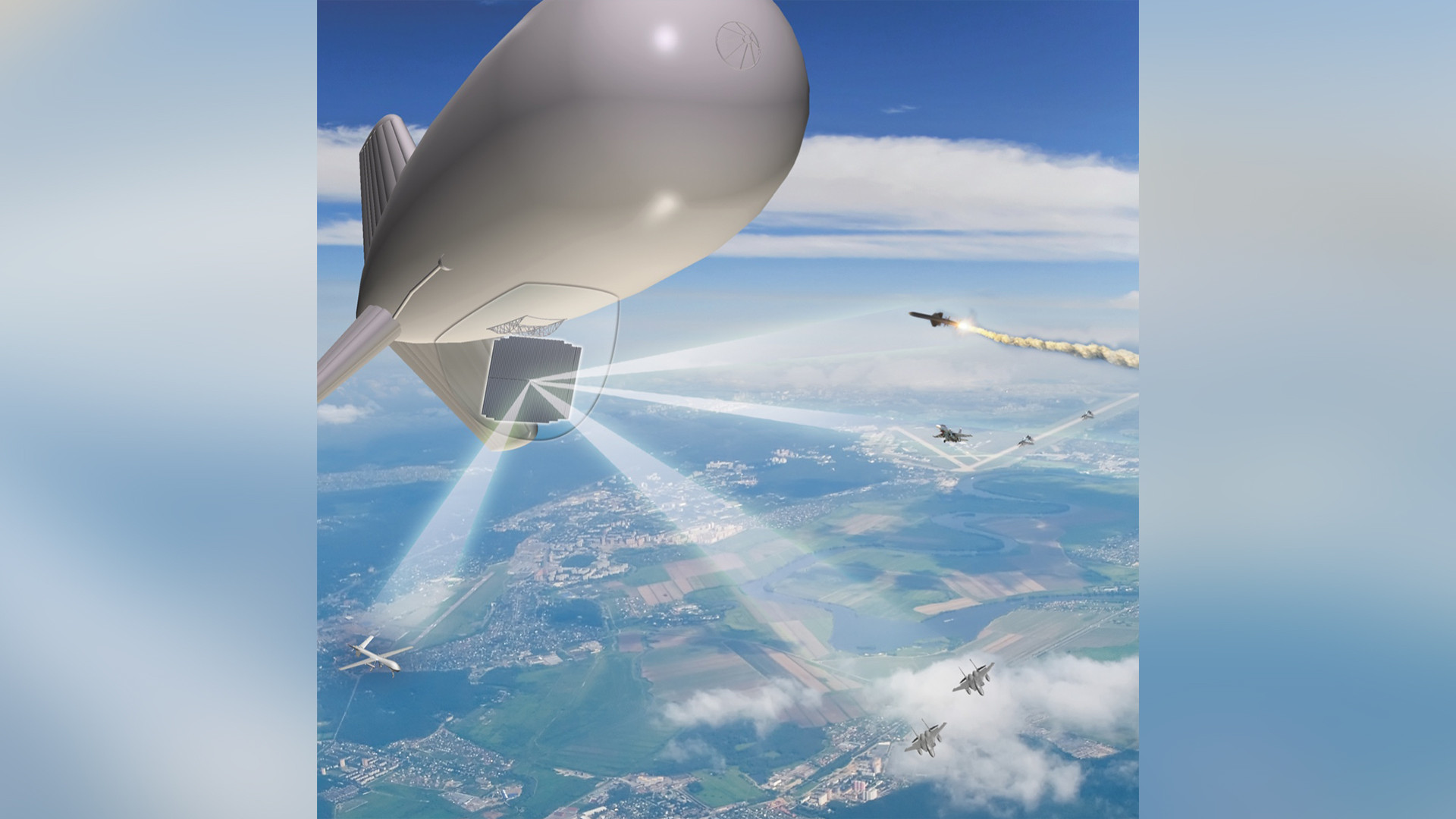Poland has received U.S. government approval to purchase elements of a new airborne early warning system based on an aerostat — a type of uncrewed tethered airship. While many details about the system are still to come, Poland’s interest in such a capability is notable in itself, coming after the 2016 cancellation of a similar project — known as JLENS — that would have served the U.S. military.
The U.S. military’s Defense Security Cooperation Agency announced the approval of the proposed sale of the aerostat-based Airspace and Surface Radar Reconnaissance systems yesterday. The package includes other related equipment, logistics, and support and is valued at around $1.2 billion. This represents another significant defense investment from the eastern European country and NATO member, which is going to considerable efforts to boost its armed forces as a counter to potential Russian aggression in the region.
Poland has been looking at acquiring an aerostat surveillance system since at least 2017 as part of program known in the country as Barbara. Documents associated with Barbara that have emerged online in the past indicate that the main focus has been on detecting various tiers of drones, as well as helicopters and potentially other lower and slower-flying crewed aircraft. Secondary requirements to be able to spot and track targets on land and at sea have also been discussed.
The DSCA notice does not say how many of ASRR aerostats Poland might now acquire in total. A graphic in the social media post below associated with the Barbara plan suggests an aspiration to have four routinely deployed facing the country’s borders with neighboring Belarus and Russia’s geographically separated Kaliningrad enclave, as well as the Baltic Sea. The Polish-Belarusian border has been a significant source of concern for authorities in Warsaw in recent years, and the conflict in Ukraine has prompted increase vigilance around Kaliningrad, but more on that later.
Other parts of the ASRR system will be undisclosed airborne early warning (AEW) radars with identification of friend or foe (IFF) capability, and undisclosed electronic sensor systems — suggesting some kind of electronic intelligence payload, according to DSCA. To operate the aerostats, Poland will also buy Ground Control Systems (GCS), as well as mooring systems with powered tether carrying embedded fiber optics.
“The proposed sale will improve Poland’s capability to meet current and future threats of enemy air and ground weapons systems,” the DCSA notification says. “Poland will use the capability as an airborne early warning system to defend against incoming regional threats. This will also enable Poland to increase its contribution to future NATO operations. Poland will have no difficulty absorbing this equipment into its armed forces.”
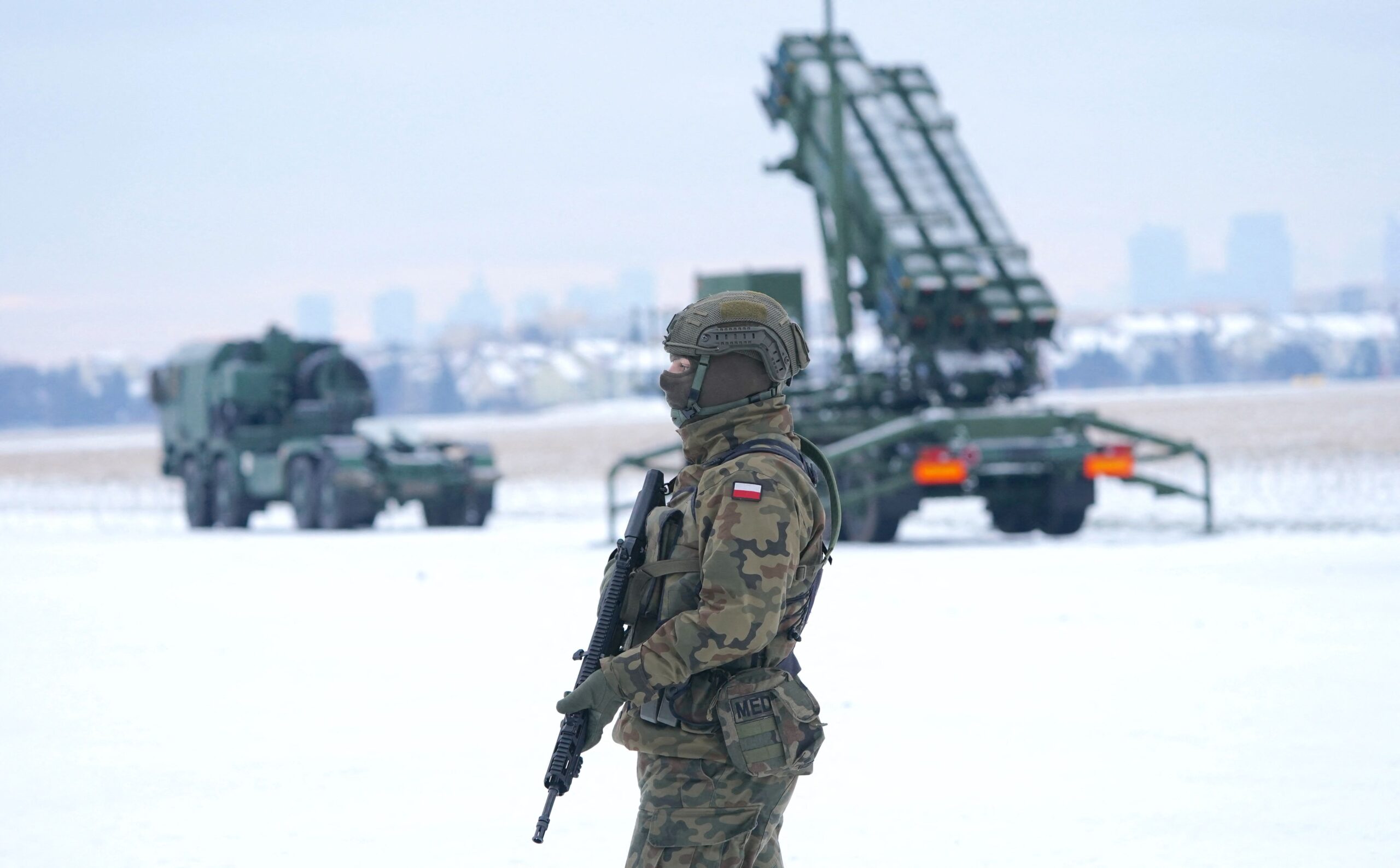
While the sources of the particular elements are not mentioned by the DCSA, the notification does reveal that the principal contractors involved will be Raytheon Intelligence and Space, Elta North America (a subsidiary of the Israeli company), and Avantus Federal (a U.S. subsidiary of the British QinetiQ company).
The DCSA notes that there are no known offset agreements currently in place as part of the potential sale.
The mention of Raytheon in this context is interesting since the company was involved in the aforementioned JLENS (Joint Land Attack Cruise Missile Defense Elevated Netted Sensor System), an aerostat intended to become part of America’s homeland integrated air defense network.
Integrated within North American Aerospace Defense Command, JLENS was supposed to be a low-cost method of detecting and tracking low-flying cruise missiles and other threats, and had additional surveillance modes, as well. Cruise missiles have been recognized as a critical and growing threat by the U.S. military, especially in the Washington, D.C., area. This was the primary region that JLENS was supposed to keep watch over, at least at first.

As we have discussed in the past, the JLENS effort began in 1996, but was canceled two decades later after numerous cost overruns, delays, and other problems. Prototypes of JLENS were fitted with either a VHF-band surveillance radar or an X-band fire control radar.
Most notoriously, in 2015, a prototype JLENS aerostat deployed at the U.S. Army’s Aberdeen Proving Ground in Maryland became untethered and drifted into neighboring Pennsylvania, with its snapped mooring line knocking down power lines along the way. Although F-16s were scrambled to shoot the aerostat down if necessary, it eventually lost sufficient altitude and became tangled up in a tree.

JLENS may have ended ignominiously, but the basic concept remains interesting to militaries for several factors.
As an elevated sensor platform, a large aerostat avoids ground clutter and topography and can surveil a wider portion of airspace, all the way from ground level up to high altitude via its long line-of-sight to the horizon. From its perch, it offers a platform for radars with excellent ‘look-down’ capability, which is especially useful for detecting low-flying threats like cruise missiles and drones. Other sensors, like electronic support measures that surveil the radio-frequency spectrum, can detect signal much farther away than their ground-based counterparts.
Above all else, aerostats offer efficient persistence, being able to remain on station for many days at a time, even in poor weather. This also brings benefits in terms of cost-effectiveness and reduced maintenance and manning demands, especially compared with aircraft with similar capabilities.

However, while smaller sensor-equipped aerostats are a familiar feature of military operations around the world, typically providing localized surveillance for forward bases in conflict zones, border areas, or other points of interest. Larger balloons with radar payloads are far less common but they too exist and are operating daily.
One of the most capable of these more complex systems is found in Israel, where a surveillance balloon of this kind has been successfully deployed to track low-flying threats for years. U.S. Customs and Border Protection (CBP) also operates a network of Tethered Aerostat Radar Systems (TARS) along portions of America’s southern borders.
Among the principal contractors mentioned for ASRR is Elta North America. The parent firm, Elta, has notable recent experience in surveillance aerostats, including the High Availability Aerostat System, or HAAS, developed by Israeli industry with U.S. assistance. The primary sensor of that system — which you can read all about here — is the long-range Sky Dew elevated radar.

Another Elta radar that’s been integrated on aerostats is the ELM-2083 which features an L-band active electronically scanned array (AESA). The manufacturer claims it is able to track up to 500 targets, with a detection range of more than 135 nautical miles against a fighter-sized target and coverage from the ground up to 24,000 feet.
Either of those Elta products could be a potential payload for the Polish ASRR, but at this stage, we simply don’t know for sure.
At this point it’s worth noting, too, that China has been another enthusiastic adopter of aerostat-based long-range surveillance systems, deploying them most notably to carry radars above its man-made islands in the South China Sea.
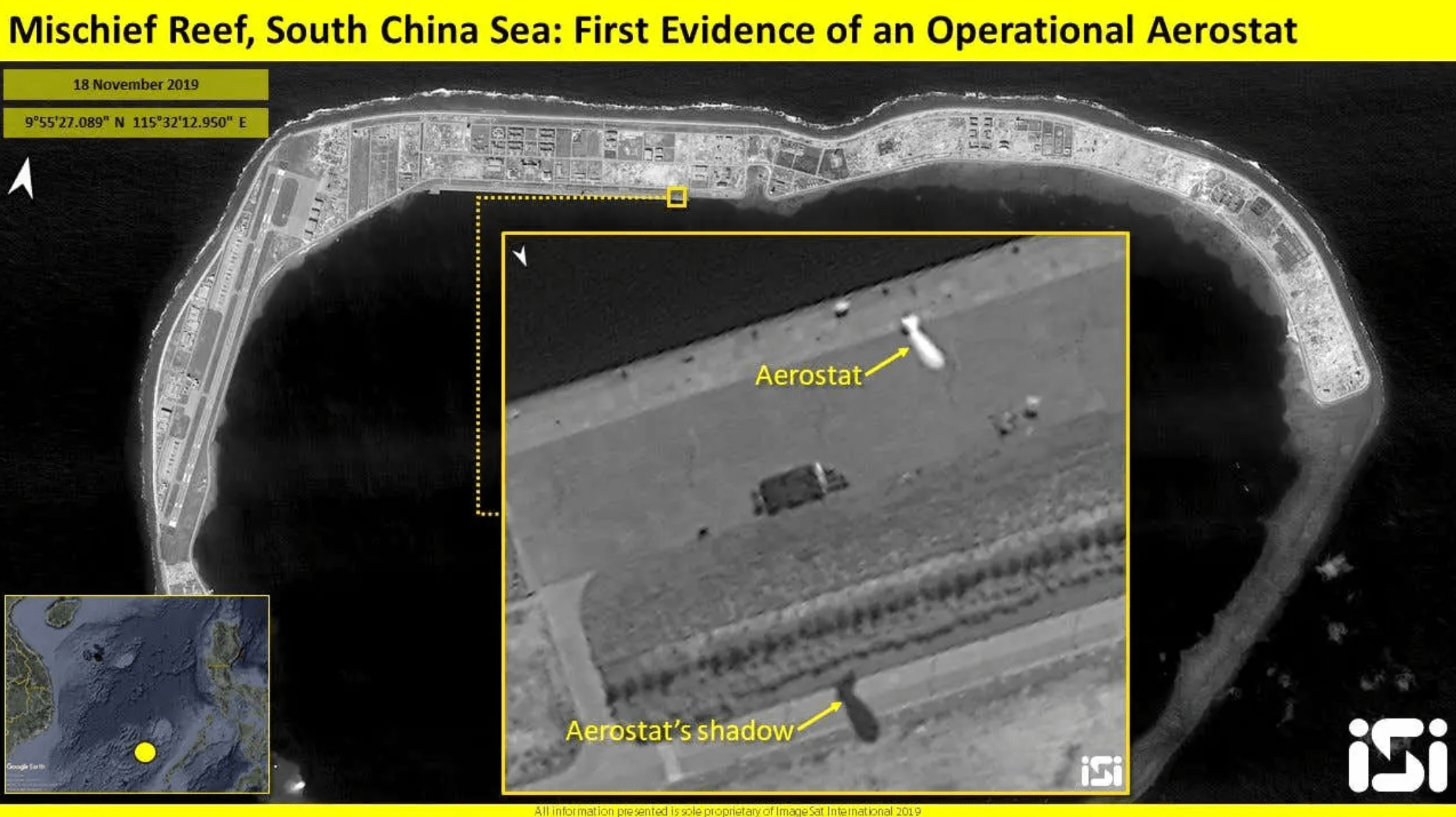
Faced with an increasingly belligerent Russia to the east, defense against cruise missiles and drones is clearly of particular interest to Poland, especially bearing in mind how extensively these have been used against Ukraine. In 2022, a stray Ukrainian surface-to-air missile that had been fired in response to incoming Russian threats impacted a farm in Poland, killing two civilians, underscoring these concerns.
In particular, however, Poland’s new aerostats would be expected to uncover the kinds of low-flying threats that might leak through traditional radar coverage, perhaps the opening salvos of a large-scale Russian strike. They could also provide another persistent aerial surveillance layer that can detect and track more traditional targets, specifically aircraft.
An official Russian Ministry of Defense video shows Kalibr and Bastion cruise missiles launched against targets during the war in Syria:

Even tracking ground targets, in particular the mass movement of vehicles, through ground-moving target indicator modes would be a welcome capability near the Russian border. Synthetic aperture ground mapping could also provide image-like intelligence products of distant areas. Tracking ships and sea, including small boats and other maritime targets would be possible, as well.
AESA arrays, which can provide all these functions and more, have become extremely capable multi-mission tools. They can scan so fast that, when paired with the right processing power, they are capable of executing aerial and ground surveillance at the same time. One could argue that an era of tethered lighter-than-air surveillance craft may come about in large part due to advanced AESA technology.
Not just Poland could benefit from ASRR, either. The resulting surveillance data will be fed into the country’s air defense architecture and, presumably, also shared with its NATO allies.
ASRR will be a highly capable node within a much larger Polish air defense surveillance network that also includes ground-based sensors. That network is already being bolstered through Poland’s recent acquisition of two Saab 340 airborne early warning & control (AEW&C) aircraft, equipped with Erieye AESA radar. Reflecting the urgency of the requirement, these two aircraft were bought secondhand from former United Arab Emirates (and before that Swedish) stocks, and the first was officially presented to Poland last September, two months after the order was signed. Delivery of both aircraft is due this year.
AEW&C aircraft provide some of the same capabilities as a tethered aerostat based system, and they are more flexible in many ways. But they are not persistent. Keeping a constant patrol airborne would be incredible expensive and taxing on hardware and personnel. So, persistence is the key selling point of aerostats over surveillance aircraft.
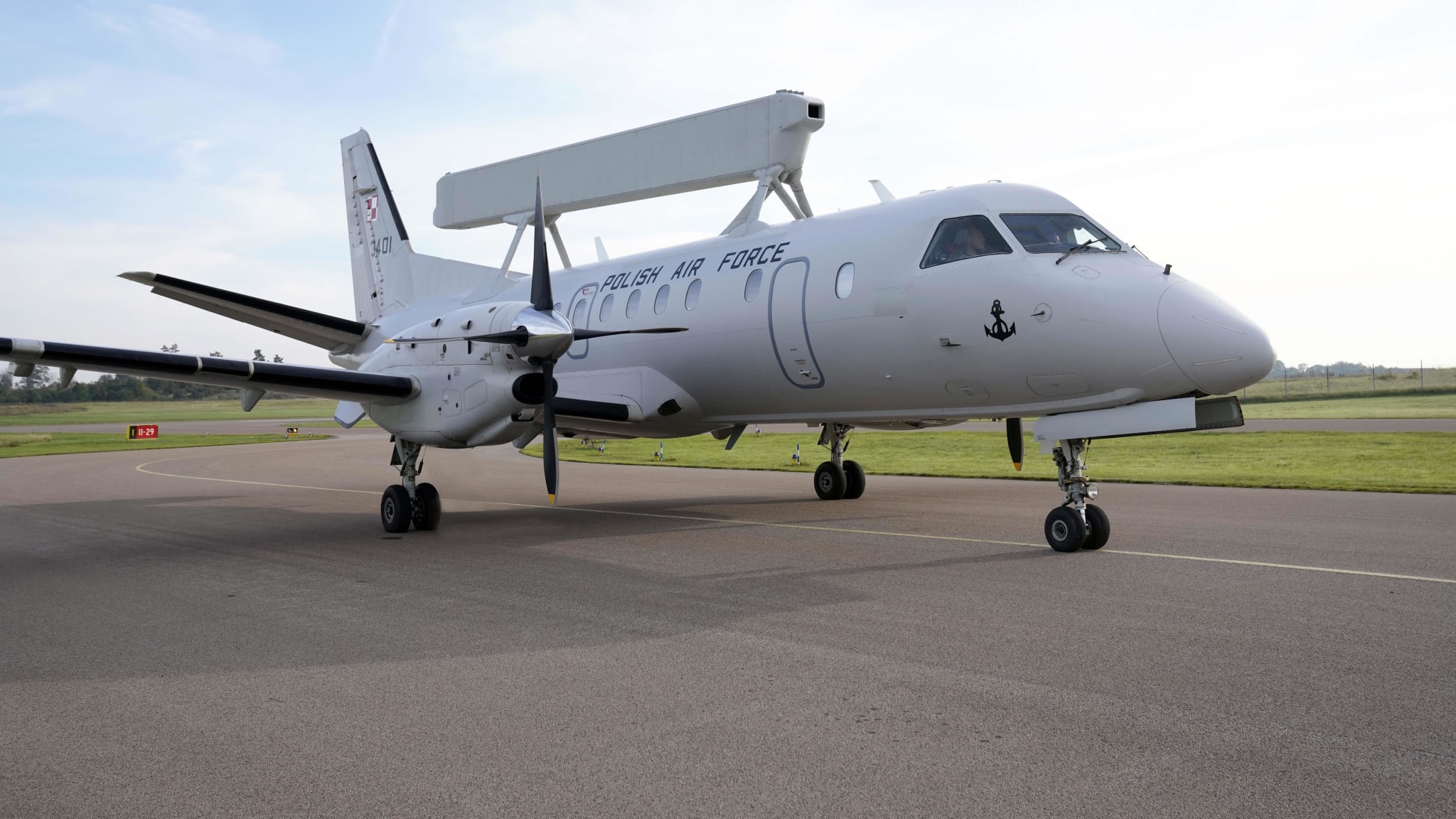
It’s not only Poland’s air surveillance capabilities that are undergoing a period of overhaul with the aid of heavy investment — what the Polish Armed Forces themselves describe as “one of the highest levels of defense spending in NATO.”
Within the air defense branch, Poland plans by 2032 to introduce new air and missile defense systems procured under the Narew and Wisła programs, which cover the short-range and medium-range air defense segments, respectively. Directed-energy systems will also be a focus of future planning and could be harnessed for air defense roles.
The Polish Air Force is gearing up to receive 32 F-35A stealth fighters, which will be armed with long-range precision weapons. Dozens of FA-50 light fighter-trainers are also being delivered.
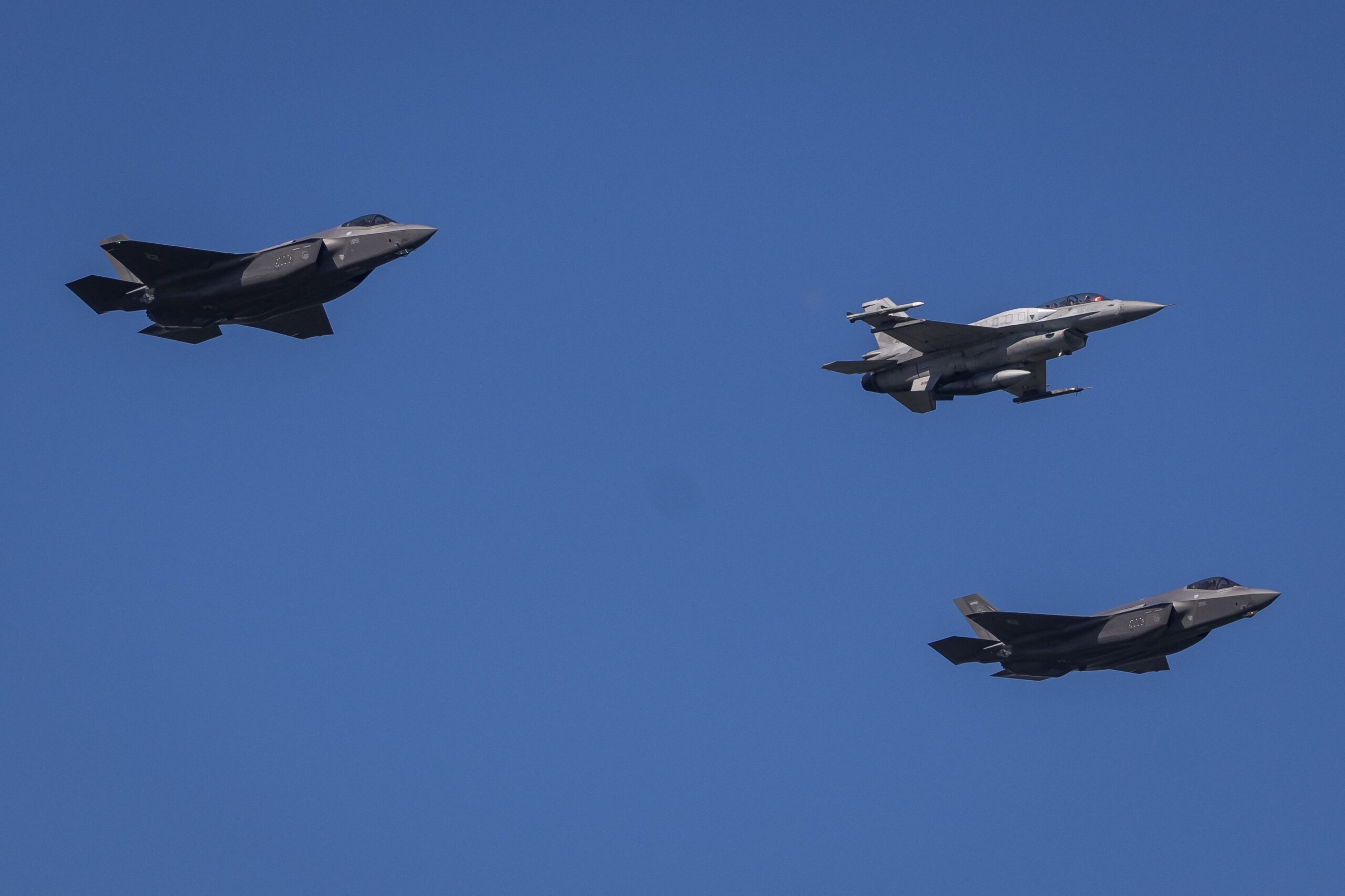
The Polish Land Forces are getting 250 of the latest Abrams M1A2 SEPv3 tanks, worth up to $6 billion, that will serve alongside a similar number of German-made Leopard 2s already in use.
The Land Forces also expect to benefit from additional investments in operational fires, including new tube and rocket artillery, which will be employed in combination with 96 new AH-64E Apache attack helicopters.
Arguably less obvious but still just as important are reinforcements being made to coastal missile units, mine warfare, and submarines.
There have also been signals that Poland might join the NATO nuclear weapon sharing program, an idea raised by Polish Prime Minister Mateusz Morawiecki last summer. This move came in direct response to the deployment of Russian nuclear weapons in neighboring Belarus.
With a Russian attack on Poland from the east likely to involve not only considerable numbers of cruise missiles but also drones, an aerostat-based airborne early warning system has obvious merits.
With eastern borders shared with Belarus, a close Russian ally, as well as with Russia itself, via the heavily militarized exclave of Kaliningrad, a further improvement to the country’s airspace situational awareness in these areas is always likely going to be in demand. Last August, Polish authorities said that a pair of Belarusian helicopter had violated the country’s airspace. The country’s Foreign Ministry further described the incident as a “element in escalating the tension at the Polish-Belarusian border.”
It will certainly be interesting to see if the Polish effort to harness the capabilities of a surveillance aerostat in the service of homeland defense has more success than the previous, ill-fated JLENS in the United States. If it does, we may well see similar systems introduced by other countries, in NATO and potentially elsewhere.
Contact the author: thomas@thewarzone.com
